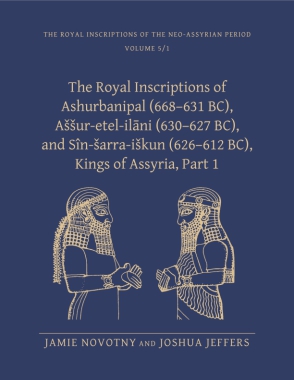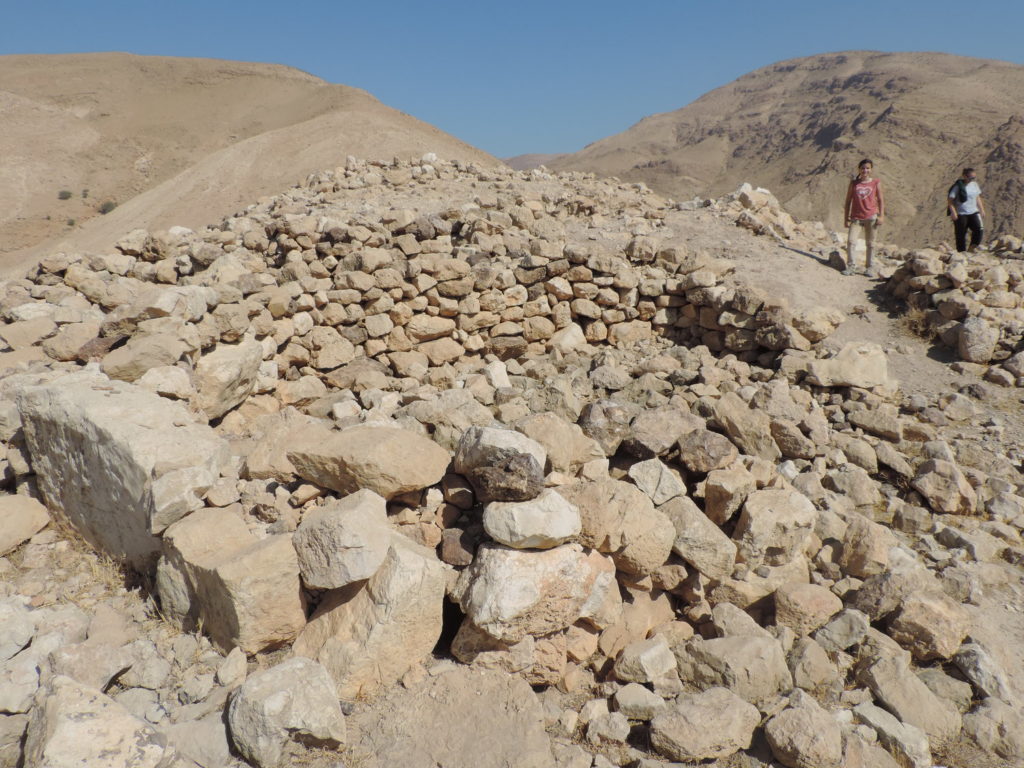(Post by A.D. Riddle)
A few years ago, we mentioned a number of new titles addressing the topic of crucifixion (you can read that here). One of them was by one of my teachers, Eckhard Schnabel, who is now on faculty at Gordon Conwell. I think I had a total of four classes with Schnabel, and I was always amazed at the breadth and depth of his learning. So I was happy to learn that Eerdmans has recently released a new volume by Schnabel entitled Jesus in Jerusalem: The Last Days (Grand Rapids: Eerdmans, 2018).
I once heard a rumor about Schnabel (I am not sure if it is true) that he complained that there are not enough big books in the world, but that he is doing his part to correct the deficiency. For those who likewise think there is shortage of big books, then this 704-page tome will be a welcome contribution.
From the publisher:
This is the first book to describe and analyze, sequentially and in detail, all the persons, places, times, and events mentioned in the Gospel accounts of Jesus’s last week in Jerusalem.
Part reference guide, part theological exploration, Eckhard Schnabel’s Jesus in Jerusalem uses the biblical text and recent archaeological evidence to find meaning in Jesus’s final days on earth. Schnabel profiles the seventy-two people and groups and the seventeen geographic locations named in the four passion narratives. Placing the events of Jesus’s last days in chronological order, he unpacks their theological significance, finding that Jesus’s passion, death, and resurrection can be understood historically as well as from a faith perspective.
The contents of the book are organized into five sections: People, Places, Timelines, Events, and Significance. Below is the full table of contents. (Note from the contents that Schnabel appears to locate the events of Jesus’ last week in the year AD 30, whereas others argue for the date AD 33.)
People
1. Jesus
2. The Twelve
3. The Eleven
4. Two Unnamed Disciples
5. Simon Peter
6. Andrew
7. James son of Zebedee
8. John son of Zebedee
9. Thomas
10. Philip
11. Judas son of James
12. Judas Iscariot
13. Nathanael
14. Lazarus
15. Simon the Leper
16. Cleopas
17. Nicodemus
18. Joseph of Arimathea
19. Unnamed Disciple from Emma’s
20. Two Anonymous Disciples
21. Owner of a Colt in Bethphage
22. Man with Water Jar in Jerusalem
23. Owner of House in Jerusalem
24. Young Man in Gethsemane
25. Women Disciples
26. Martha from Bethany
27. Mary from Bethany
28. Mary the Mother of Jesus
29. Mary the Wife of Clopas
30. Mary from Magdala
31. Mary the Mother of James and Joseph
32. Mother of James and John
33. Salome
34. Joanna
35. Acquaintances of Jesus
36. Pilgrims
37. Crowds
38. Tax Collectors
39. Prostitutes
40. Vendors, Customers and Moneychangers on the Temple Mount
41. Blind and Lame
42. Children
43. Gentiles/Greeks
44. Rich People
45. Widow
46. Members of the Sanhedrin
47. Chief Priests
48. Sadducees
49. Experts of the Law
50. Lay Aristocrats
51. Pharisees
52. Annas, Former High Priest
53. Caiaphas, High Priest
54. Malchus, Slave of Caiaphas
55. Malchus’s Relative
56. Two Female Slaves of Caiaphas
57. Retainers
58. Officers of the Jewish Executive
59. Jewish Security Forces and Their Captain
60. Witnesses
61. Herodians
62. Herod Antipas
63. Soldiers of Herod Antipas
64. Pontius Pilate
65. Pontius Pilate’s Wife
66. Soldiers of Auxiliary Troops
67. Centurion
68. Barabbas
69. Simon of Cyrene
70. Women of Jerusalem
71. Two Criminals
72. Man with Sponge at Golgotha
Places
1. Jerusalem
2. Temple Mount
3. Mount of Olives
4. Bethany
5. Bethphage
6. Gethsemane
7. Akeldama
8. House of Jesus’ Last Supper
9. Residence of Annas
10. Residence of Caiaphas
11. The Sanhedrin Building
12. Praetorium
13. The Lithostrotos
14. Residence of Herod Antipas
15. Golgotha
16. Jesus’ Tomb
17. Emmaus
Timelines
1. The Year AD 30
2. Saturday-Sunday, Nisan 9 (April 2-3)
3. Sunday-Monday, Nisan 10 (April 3-4)
4. Monday-Tuesday, Nisan 11 (April 4-5)
5. Tuesday-Wednesday, Nisan 12 (April 5-6)
6. Wednesday-Thursday, Nisan 13 (April 6-7)
7. Thursday-Friday, Nisan 14 (April 7-8)
8. Friday-Saturday, Nisan 15 (April 8-9)
9. Saturday-Sunday, Nisan 23 (April 16-17)
Events
1. The Anointing in Bethany
2. Jesus’ Approach to Jerusalem
3. Jesus’ Prophetic Action on the Temple Mount
4. The Jewish Authorities’ Scheme to Eliminate Jesus
5. The Lesson of the Withered Fig Tree
6. Controversies and Jesus’ Public Teaching on the Temple Mount
7. The Greeks Seek Jesus and the Unbelief of the People
8. The Jewish Authorities’ Planning of Jesus’ Arrest
9. The Betrayal by Judas Iscariot
10. Prophecy of the Destruction of Jerusalem, of the End, and of His Return
11. Preparations for Passover
12. The Last Supper in Jerusalem
13. Arrest in Gethsemane
14. Preliminary Interrogation before Annas and Peter’s First Denial
15. The Trial before the Sanhedrin with Caiaphas Presiding and Peter’s Denials
16. Transfer of Jesus’ Case to Pontius Pilate
17. The Trial before the Roman Prefect with Pontius Pilate Presiding
18. The Walk to Golgotha
19. Jesus’ Crucifixion
20. Jesus’ Burial
21. The Death of Judas Iscariot
22. The Guards at the Tomb
23. The Empty Tomb and Jesus’ Appearance to the Women
24. Jesus’ Appearance to the Disciples
Significance
1. Jesus Is the Messiah, the King of the Jews
2. Jesus and the Temple
3. Jesus’ Death
4. Jesus’ Resurrection
5. Jesus’ Mission and the Mission of His Followers



